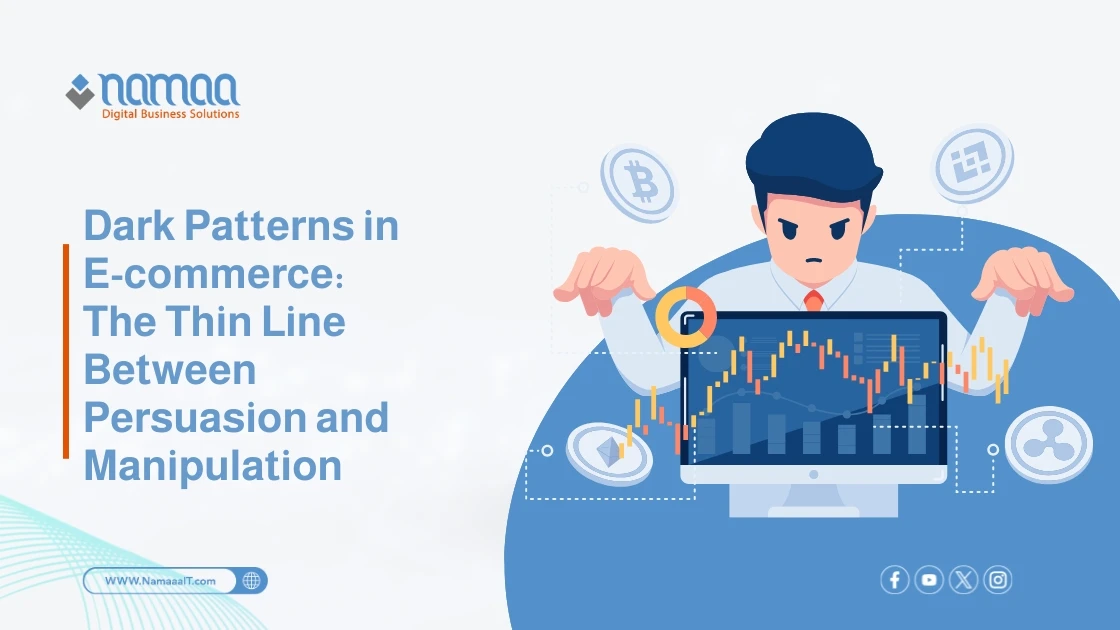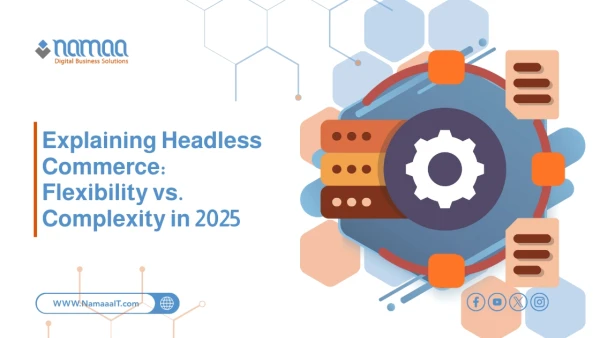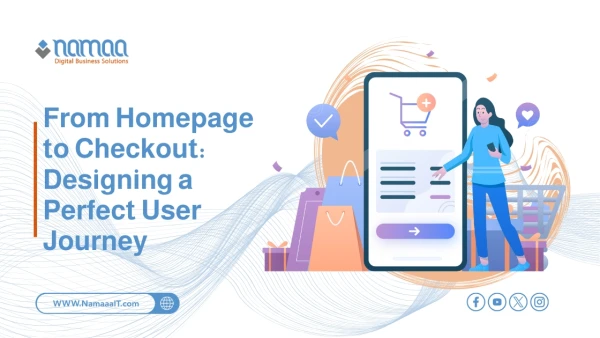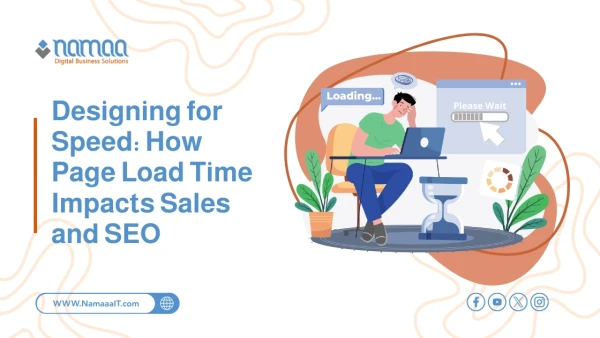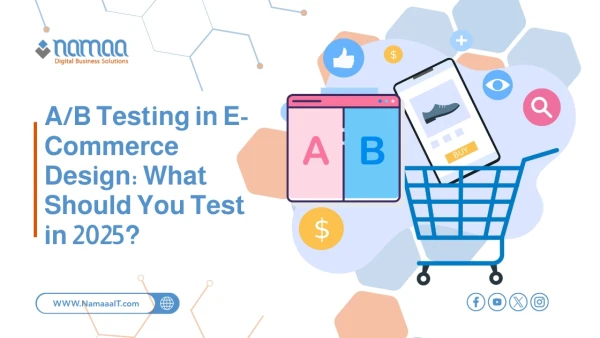Dark Patterns in E-Commerce: The Fine Line Between Persuasion and Manipulation
Dark patterns in e-commerce have become an inseparable part of the online shopping experience, where hidden design techniques are used to influence consumer decisions in ways they may not even realize. These tactics range from showing fake messages about low stock, misleading limited-time offers, to hiding additional costs until the last step of checkout. According to a study by Princeton University and the University of Chicago, dark patterns were found on more than 11% of online shopping websites, including popular platforms like Amazon and Fashion Nova. While these designs aim to boost sales and meet business goals, they raise ethical concerns about consumer autonomy and the transparency of commercial practices.
What Are Dark Patterns?
Dark patterns are deliberate digital design techniques used to steer users toward decisions that benefit the company rather than the user. In simple terms, they are sneaky tricks embedded in website or app interfaces that make users do things they wouldn't do if the options were presented fairly and transparently. These patterns are not just the result of poor design or lack of experience — they are calculated strategies that exploit behavioral psychology and human interaction to increase profits, gather user data, or push impulsive decisions.
The concept of dark patterns first emerged in 2010 by British designer Harry Brignull, who created a website to document and warn users about these tactics. Since then, dark patterns have evolved and expanded, especially with the growth of e-commerce and digital platforms that rely on user behavior analytics to make profit-driven design decisions.
The danger lies in their ability to undermine trust between the user and the platform. When users realize they’ve been manipulated into purchasing something they didn’t want or subscribing to an unnecessary service, they begin to lose their sense of safety and transparency. As a result, dark patterns aren't just a design problem — they’re an ethical issue that impacts brand reputation and long-term relationships with users.
How Are Dark Patterns Used in User Interface (UI) Design?
Dark patterns in UI design exploit how humans read and interact with digital content. These patterns often appear in interfaces that seem ordinary at first glance but subtly mislead the user or push them toward actions they wouldn't take if fully informed.
Common techniques include hiding opt-out or cancellation buttons in small text, making the “Yes” button more prominent than “No,” or using color to make one option appear as the only viable choice. For example, during sign-up, the newsletter subscription box might be pre-checked — a practice known as "malicious default."
Another tactic is the use of false urgency or fear, such as fake countdown timers to pressure users into making quick purchase decisions. Some sites automatically add items to the cart or surprise users with conditional discounts at the final stage of checkout.
Also prevalent is fake social proof, where messages like “17 people bought this now” or “Only 2 left in stock!” appear — even if the data is fabricated.
The issue is that many of these designs are not illegal, but they weaken users’ ability to make informed decisions. They manipulate subconscious behavior, hiding intent between the lines, making it difficult to spot the deception until it’s too late. This makes ethical accountability essential in interface design.
Learn more: How to Migrate Your Online Store Between Platforms
The Difference Between Persuasive and Deceptive Design
There’s a thin line between persuasive and deceptive design. Persuasive design aims to encourage the user to take a beneficial action — like signing up for a course or trying a product for free — using ethical, transparent techniques. Deceptive design, on the other hand, uses manipulation to push users into decisions that may not serve their interests — often without them realizing the influence.
Positive persuasion uses clear motivators such as honest recommendations or direct benefit displays. Deceptive design uses ambiguity, false urgency, or even visual tricks to guide attention and hide the truth. For example, the “Unsubscribe” button may be in faint text and a hidden location, while the “Continue” button is bright and bold.
Intent is what determines ethical standing — persuasive design respects the user’s right to an informed decision, while deceptive design manipulates them for short-term gains. That doesn’t mean all commercial design must be completely neutral — just fair and transparent.
The biggest challenge for designers and marketers is striking a balance between encouraging user action and respecting their awareness and autonomy. Once that balance is crossed, design shifts from persuasion to manipulation.
How Do Dark Patterns Affect Brand Image?
Dark patterns don’t just impact the moment of purchase — they have long-term consequences on brand image and customer trust. At first, they may seem effective at increasing conversions, but they cause lasting reputational harm. Once users feel deceived, they form a negative image of the company and may share their experience through reviews or social media.
Today, brand reputation is built not just on product quality but also on user experience — transparency, clarity, and respect. Dark patterns give the impression that profit is prioritized over integrity, which undermines trust. Even if the deception isn’t obvious to everyone, just one exposed example can cause a public backlash.
Furthermore, companies may face legal action and fines, as seen with major brands that were investigated for using misleading designs. With growing consumer protection regulations, brands are now expected to adopt responsible and ethical design practices.
Brands looking to build lasting relationships should steer away from quick, deceptive tactics. Real success lies not in a single sale, but in earning user loyalty — and that only comes with trust built click by click, decision by decision.
How Does Consumer Trust Get Affected?
Consumer trust is the cornerstone of any successful customer-brand relationship. When dark patterns are used in website design, they directly threaten this trust. Initially, the user might not realize they’ve been manipulated, but over time, they’ll notice that their decisions were not entirely their own, driven instead by subtle design tricks. This leads to feelings of exploitation, making users reconsider their relationship with the platform.
If users feel pressured into buying something or discover that important details — like final pricing or subscription terms — were hidden, their trust starts to erode. The damage may go beyond losing a single customer, extending to negative reviews and widespread warnings online.
The effects aren’t immediate, but cumulative. Brands relying on dark patterns may see short-term gains but will struggle long-term as they lose loyal customers and fail to attract new ones. Today’s consumers are more aware and seek transparency. Once disappointed, they turn to brands that respect their intelligence and decisions.
In short, dark patterns might close a sale — but they won’t build a relationship. And once trust is broken, it’s hard to regain in a competitive digital world full of alternatives.
European and U.S. Regulations Against Dark Patterns
Both Europe and the United States are actively working to combat dark patterns in e-commerce through advanced consumer protection laws.
In the European Union, dark patterns are considered violations of consumer and data protection laws. The Digital Services Act (DSA) is one of the key regulations banning these patterns and requiring platforms to offer transparent user interfaces. In addition, the Digital Markets Act (DMA) and the General Data Protection Regulation (GDPR) strengthen transparency requirements and require explicit user consent. The European Commission also plans to launch the Digital Fairness Act by 2026, focusing on deceptive design and unethical online marketing.
In the United States, the Federal Trade Commission (FTC) enforces laws against unfair or deceptive practices. Section 5 of the FTC Act prohibits dark patterns, and the FTC has taken legal action against major companies like Amazon and Epic Games for misleading designs. State-level privacy laws — like California’s Consumer Privacy Act (CCPA) and California Privacy Rights Act (CPRA) — also prohibit using dark patterns to obtain user consent.
These growing regulations reflect a global commitment to protecting users from deceptive digital experiences and represent a shift toward a safer and more transparent online environment.
Summary:
✅ Over 11% of e-commerce websites use dark patterns to influence purchase decisions, according to research from Princeton and the University of Chicago.
✅ The EU’s Digital Services Act (DSA) is now in effect, banning deceptive design, with the Digital Fairness Act expected by 2026.
✅ The U.S. Federal Trade Commission (FTC) has taken legal action against Amazon and Epic Games under Section 5 of the FTC Act.
✅ 58% of users report feeling mistrust toward online stores after encountering deceptive design, according to consumer behavior reports.
✅ Privacy laws like CCPA and CPRA in California classify using dark patterns for consent as a legal violation, with potential fines in the millions.

